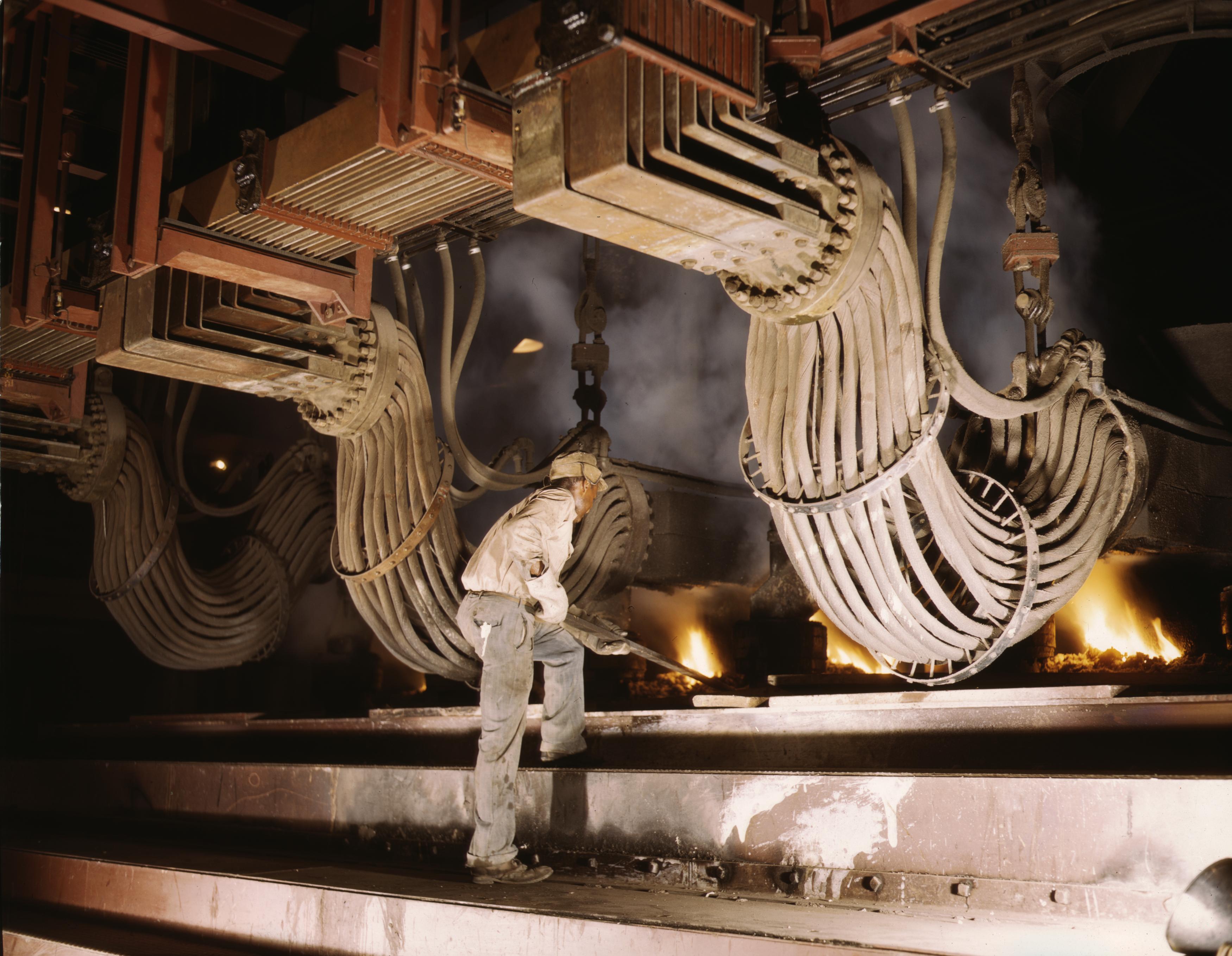Smelting vs Melting: Key Differences in Industrial Metal Processing

In the evolving landscape of metallurgy, understanding the distinctions between smelting and melting is crucial for optimizing production efficiency. As industries like automotive, aerospace, and recycling ramp up demand, terms like “smelting furnace” and “melting furnace” dominate searches, with “metal melting furnace” seeing a 100% YoY surge in interest. This article breaks down the processes, their applications, and the role of advanced furnaces, drawing on 2025 trends such as energy-efficient induction systems and sustainable tech integrations.
🔔 We invite you to visit all our activities and products at Dynamo Furnaces.
What is Melting?
Melting is the physical process of heating a solid material until it transitions into a liquid state, without altering its chemical composition. This occurs at the material’s specific melting point—for example, aluminum melts at around 660°C, while steel requires temperatures up to 1,500°C.
In industrial contexts, melting is used to reshape or recycle metals, such as melting scrap aluminum for casting. It focuses on liquidity for forming, pouring, or alloying, making it essential in foundries and recycling operations.
What is Smelting?
Smelting, a subset of pyrometallurgy, involves extracting pure metal from its ore through high-temperature chemical reactions. It “rips apart” ore molecules, reducing metal oxides with agents like carbon (e.g., coke) to produce elemental metal and byproducts like slag.
For instance, smelting copper ore (like chalcopyrite) yields pure copper by removing sulfur and oxygen. This process demands higher temperatures—often exceeding 1,200°C—to facilitate reactions, and it’s primarily used in primary metal production from raw minerals.
Key Differences Between Smelting and Melting
While both involve heat, smelting is a chemical transformation for purification, whereas melting is a straightforward phase change. Here’s a comparative overview:
| Aspect | Melting | Smelting |
|---|---|---|
| Process Type | Physical (solid to liquid) | Chemical (reduction of ore) |
| Input Material | Pure metals, alloys, or scrap | Raw ores with impurities |
| Temperature | At or above melting point (e.g., 660°C for Al) | Higher for reactions (1,000–1,500°C+) |
| Chemical Change | None | Yes, involves reduction agents |
| Output | Liquid metal for reshaping | Purified metal + slag/byproducts |
| Energy Use | Lower, focused on phase change | Higher, due to reactions |
| Environmental Impact | Lower emissions if recycling scrap | Higher CO2 from reductants |
As noted in recent analyses, smelting requires significantly higher temperatures to enable chemical separations, making it more energy-intensive than melting.
Furnaces Used in Smelting and Melting
Furnace selection is pivotal, with “smelting furnace” and “melting furnace” being top search terms in 2025. For melting, induction melting furnaces dominate due to their efficiency and precision, with markets projected to grow at 6% CAGR through 2033. These use electromagnetic fields for uniform heating, ideal for “metal melting furnace” applications in aluminum or steel recycling.
Smelting often employs blast or electric arc furnaces, like steel shell melting furnaces, which handle high-temps and reductions. Trends show a shift to eco-friendly vertical melting furnaces, valued at $158.9 million in 2025, emphasizing AI for process optimization.
Applications and 2026 Trends
Melting is key in secondary production, such as remelting scrap for automotive parts, aligning with sustainability goals. Smelting powers primary extraction, like copper for electronics, but faces scrutiny for emissions.
In 2025, both processes benefit from innovations: AI-integrated furnaces for energy savings and “green” smelting with hydrogen reductants. The global melting furnaces market is booming, driven by EV demand and recycling, with induction systems leading for their low emissions.
Conclusion
Smelting and melting are foundational yet distinct in metallurgy—smelting for extraction, melting for refinement. As industries adopt advanced “smelting furnaces” and “induction melting furnaces,” efficiency and sustainability will define success in 2025. For tailored solutions, consult experts to align with these trends.
👉 At Dynamo we present a wide variety of melting furnaces for different applications.
💡I not sure what you are looking for, Contact Us.


